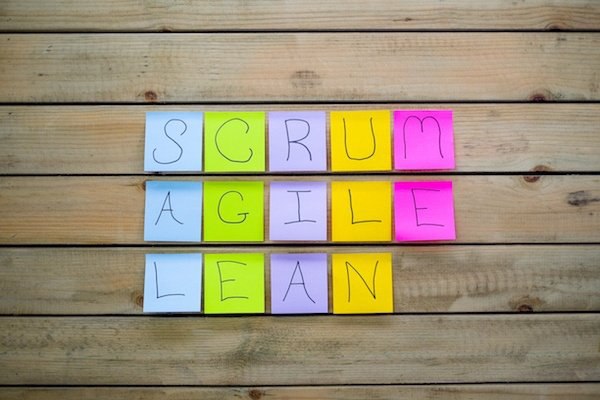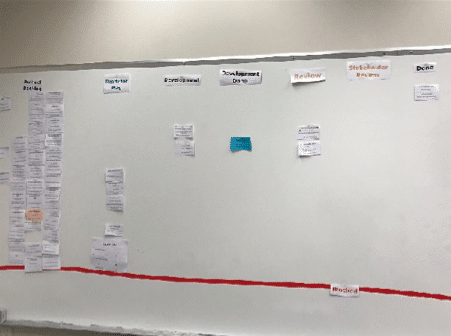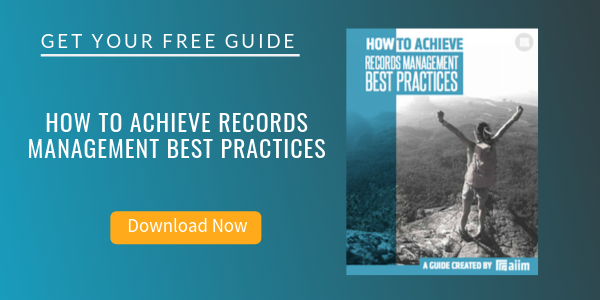
Scrum: A More Agile Framework for Your Next Records Management Project
Electronic Records Management (ERM) | Project Planning and Management
In my current role as Manager of Records Services at the Atlanta Housing Authority (AHA), I am responsible for overseeing the day-to-day operations of the records management and archives section of the agency. In addition, I serve as the Product Owner for our Document Management Automation Squared (DMA2) project.
Our DMA2 project encompasses many aspects of electronic records management, including: providing new SharePoint sites, selected migration of records from old SharePoint sites and shared drives, classification, and disposition of electronic records in these repositories, deduplication of records, and training and outreach.
When we started this multi-year project, we started using a very traditional waterfall approach, i.e., we started to create a massive project plan for years to come. We quickly realized that this traditional approach wasn’t working for the following reasons:
- We were spending so much time planning and scheduling; we couldn’t get as much of the actual work completed as we wanted to.
- It was too uncertain when estimating timelines for activities years in the future.
- Waterfall was overly prescriptive and wasn’t allowing us to pivot our priorities quickly enough.
We decided to go to a scrum framework because we saw how our Business Solutions team was using it to good effect. This is an unusual approach, as scrum is typically used for coders and developers.
We didn’t know how it was going to go, but we have thrived in this new approach. The change has allowed us to overcome all of the above negatives of waterfall and allows us to:
- Spend more time actually delivering functionality to our internal customers.
- Reduce planning considerably and be more focused on the 'now' (typically, we only plan for the next 2 weeks). We are much more accurate in our scheduling of work at that time.
- Constantly reappraise priorities based on the individual customer and agency-wide needs.
- Become more flexible in our job duties as we are all in the development team, and we forget the job descriptions/positions within the scrum framework.
- Deliver smaller increments of functionality to more customers in less time. We don’t wait until the end of the product development to deliver to the customer as you do in a waterfall approach.
 Image: The Scrum Board We Use To Track Work During a Sprint
Image: The Scrum Board We Use To Track Work During a Sprint
I hope you'll consider using scrum for your next project. If you do transition to an agile way of working, make sure you get buy-in across your organization. It will seem very foreign to many at first, so you may have to defend the way you work. To help with the culture shock, train people, have events where you show what you are doing and invite people to your planning meetings.
About Gordon Brown
Gordon Brown is currently the Manager, Records Services at the Atlanta Housing Authority after being the State Records Manager for the State of Alaska, and a Records Manager in Scotland for the Robert Gordon University and North Lanarkshire Council. He has transitioned from traditional paper-based records management to managing a team implementing electronic records management across an Agency using SharePoint. Gordon has an MPhil Digital Management & preservation from the University of Glasgow, and is a Certified ScrumMaster, and Certified Scrum Product Owner.



